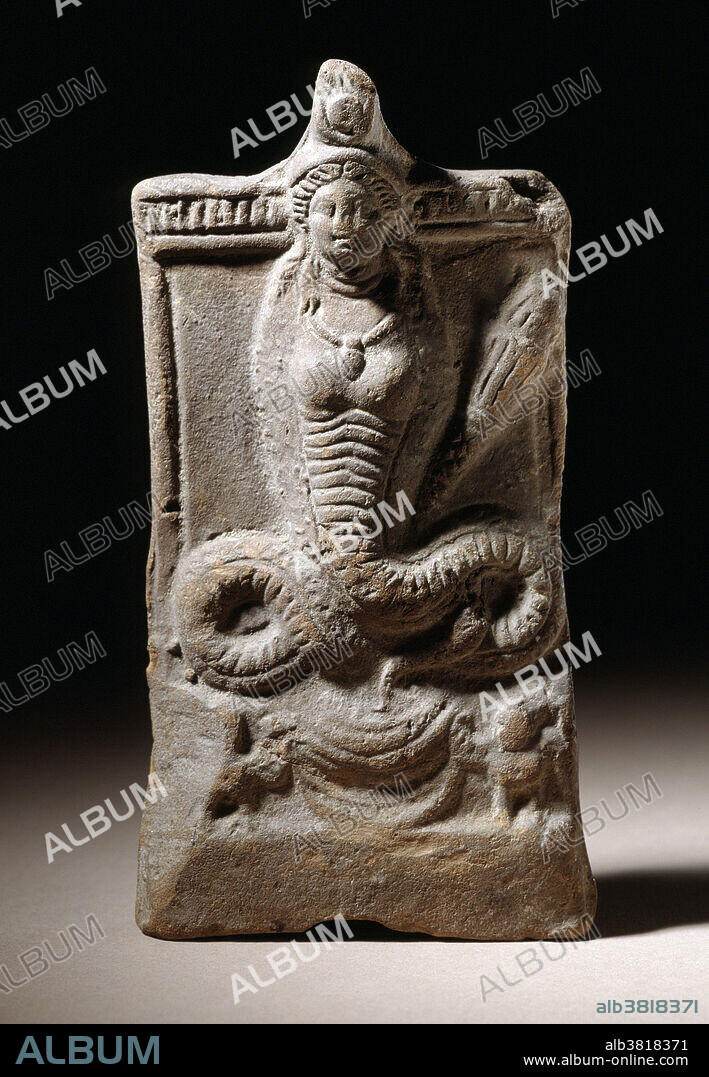alb3818371
Isis, Egyptian Goddess of Fertility

|
Añadir a otro lightbox |
|
Añadir a otro lightbox |



¿Ya tienes cuenta? Iniciar sesión
¿No tienes cuenta? Regístrate
Compra esta imagen.
Selecciona el uso:

Título:
Isis, Egyptian Goddess of Fertility
Descripción:
Traducción automática: Escultura de terracota de Isis con cola de serpiente, Egipto, siglo II d. C. Isis es una diosa de las creencias religiosas del Antiguo Egipto, cuyo culto se extendió por todo el mundo grecorromano. Era venerada como la madre y esposa ideal, así como la patrona de la naturaleza y la magia. Era amiga de esclavos, pecadores, artesanos y oprimidos, y escuchaba las oraciones de los ricos, doncellas, aristócratas y gobernantes. Isis también es conocida como protectora de los muertos y diosa de los niños. Isis era una diosa de la fertilidad, hermana y esposa de Osiris, madre de Horus, hermana de Set y Neftis, e hija de Geb y Nut. Buscó el cuerpo de su marido, recuperó y volvió a ensamblar a Osiris, asumiendo el papel de diosa de los muertos. A veces se la equiparaba con la diosa serpiente Renenutet, diosa de la cosecha.
Terracotta sculpture of Isis with Serpent Tail, Egypt, 2nd century AD. Isis is a goddess in Ancient Egyptian religious beliefs, whose worship spread throughout the Greco-Roman world. She was worshipped as the ideal mother and wife as well as the patroness of nature and magic. She was the friend of slaves, sinners, artisans, and the downtrodden, and she listened to the prayers of the wealthy, maidens, aristocrats, and rulers. Isis is also known as protector of the dead and goddess of children. Isis was a fertility goddess, the sister and wife of Osiris, mother of Horus, sister of Set, and Nephthys, and daughter of Geb and Nut. She searched for her husband's body, retrieved and reassembled Osiris, taking on the role of goddess of the dead. She was sometimes equated with the snake goddess Renenutet, a goddess of harvest.
Crédito:
Album / Science Source / Los Angeles County Museum
Autorizaciones:
Tamaño imagen:
2700 x 3897 px | 30.1 MB
Tamaño impresión:
22.9 x 33.0 cm | 9.0 x 13.0 in (300 dpi)
Palabras clave:
ALFARERIA • ANTIGUO • ANTIGÜEDAD • ARCILLA • ARQUEOLOGIA • ARQUEOLÓGICA • ARQUEOLÓGICO • ARQUEOLÓGICOS • ARTE • ARTEFACTO • CERAMICA • CIVILIZACION • CULTURA • DEIDAD • DEIDADES • DIOSA • EGIPCIO • EGIPTO • EGIPTOLOGIA • ESCULTURA • ESPOSA • ESTATUA • ESTATUARIA • FAMOSA • FAMOSO • FAMOSOS • HISTORIA • HISTORICO • IMPORTANTE • LEGENDARIO • LOZA DE BARRO (CERÁMICA) • MADRE • MAGIA • MATERNIDAD • MITO • MITOLOGIA • MITOLOGICA • MITOLÓGICO • MITOLOGICOS • MUERTO • NINOS • OBRA DE ARTE • PARTO • RELIGION • RELIGIOSO • STATUE • TERRACOTA • VIDRIADO
 Pinterest
Pinterest Twitter
Twitter Facebook
Facebook Copiar enlace
Copiar enlace Email
Email
